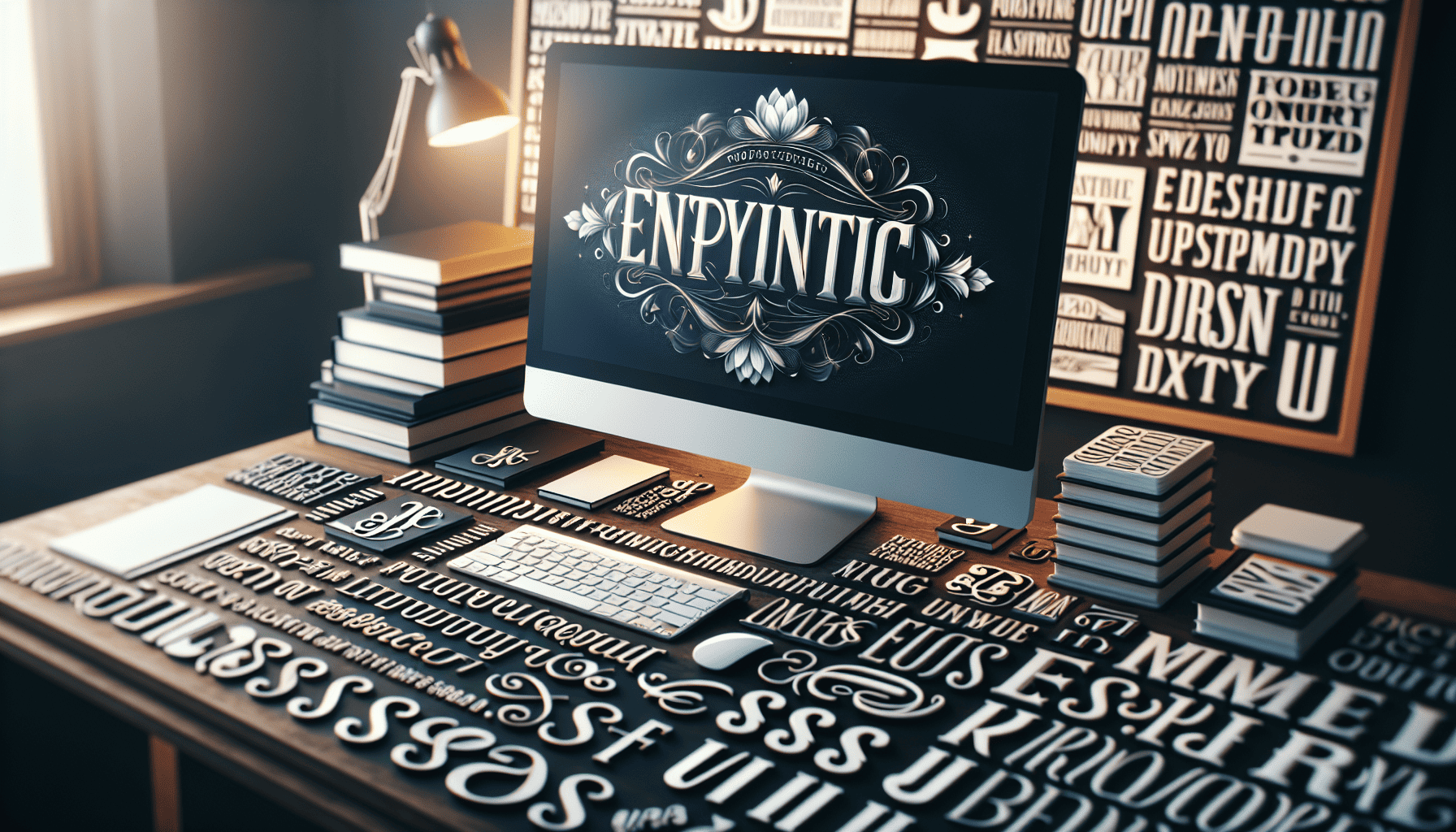Typography is a cornerstone of design that influences how audiences perceive and engage with content. While often subtle, the impact of font choices, spacing, and alignment can make a world of difference. Here, we delve into essential tips and tricks for mastering typography to elevate your design projects, ensuring they are both readable and visually compelling.
Understanding Typeface Categories
The first step in mastering typography is understanding the main categories of typefaces: serif, sans-serif, script, and decorative. Serif typefaces, with their classic "feet" or lines at the end of letters, exude tradition and professionalism, making them ideal for print media like books and newspapers. Sans-serif typefaces, without these embellishments, offer a clean, modern look, perfect for digital platforms. Script typefaces mimic handwriting and add a personal or elegant touch, while decorative typefaces are more specialized and best used sparingly for headlines or themed designs.
Prioritizing Readability
Readability is paramount in typography. Ensuring your text is legible requires thoughtful consideration of size, spacing, and contrast. Begin by selecting an appropriate font size—the general rule is that body text should be around 10-12 points for print and 16 points for web content. Adjust line spacing, or leading, to create breathing room between lines, typically 120-145% of the font size. Contrast between text and background should be strong enough to ensure clarity, with dark text on a light background or vice versa being the standard.
Pairing Fonts Effectively
The art of pairing fonts lies in finding complementary typefaces that differentiate hierarchy yet maintain harmony. A common approach is pairing a serif with a sans-serif, leveraging their contrasting characteristics to guide the reader’s eye. When pairing, ensure a clear distinction in weight, size, or style to avoid visual monotony. Tools like Google Fonts offer pre-set font pairings that can serve as useful starting points for your projects.
Mastering Alignment and Hierarchy
Proper text alignment enhances organization and guides the reader's journey through the content. Left alignment is the most common and provides a natural reading flow for most languages. Center alignment can be effective for headlines or short bodies of text, but it should be used sparingly to avoid disrupting readability. Establishing a clear hierarchy through different font sizes, weights, and styles helps communicate the relative importance of content elements, drawing attention where needed.
Paying Attention to Spacing
Negative space, or the space around and between elements, is crucial in typography. Adjusting kerning, which is the space between specific character pairs, can prevent awkward gaps and create a harmonious appearance. Tracking, or letter-spacing, affects the spacing across a string of text and can be used to influence readability—wider spacing for emphasis or to fill space, tighter for dense blocks of text. Consistent use of negative space ensures that the design does not feel cramped or overwhelming.
Staying Consistent
Consistency in typography maintains a cohesive and professional look across your design. Stick to two or three typefaces maximum within a project to avoid a cluttered appearance. Establish a style guide that outlines font choices, sizes, weights, and colors, and adhere to these guidelines to ensure consistency in all outputs. This establishes a recognizable brand identity and strengthens trust with your audience.
Embracing White Space
Never underestimate the power of white space. Embracing white space allows the content to breathe and provides relief from an otherwise dense page. It helps direct focus and supports the overall aesthetic of the design. When used effectively, white space can elevate your typography from functional to artful.
Final Thoughts
Mastering typography isn’t just about choosing beautiful fonts; it’s about making thoughtful decisions that enhance the content’s message and user experience. By focusing on readability, effective pairing, alignment, spacing, and consistency, you can transform your design projects into visually pleasing and communicatively powerful works. Remember, typography is an art form in itself, and with each project, you have the opportunity to not only inform but engage and delight your audience.
